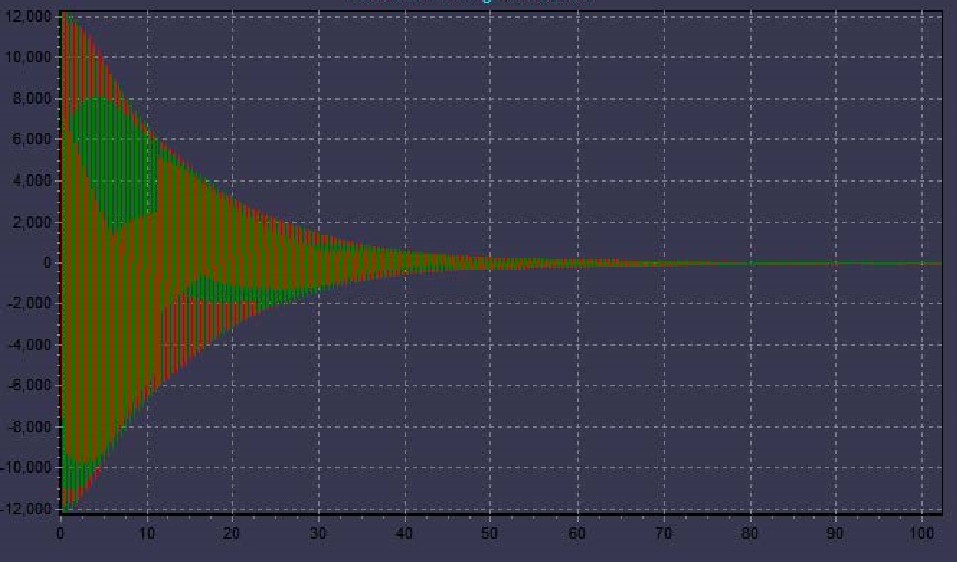TD NMR Introduction
TD NMR
The full name of time domain nuclear magnetic resonance is Time domain NMR, also referred to as TD-NMR.
Time-domain NMR (TD-NMR) is a magnetic resonance technique based on relaxation time detection. Time-domain nuclear magnetic resonance is generally tested and analyzed through T1 and T2 relaxation times. It is a kind of characterization method, and the test process is fast and non-destructive.
Time-domain NMR has been widely used in scientific research and industrial quality control (QA/QC), with applications spanning food, agriculture, materials science, petroleum energy, nano-pharmaceuticals…, such as solid fat content (SFC) testing, Seed oil content test, fiber oil rate test, material aging and cross-linking, live animal body fat quantitative test, etc.
Compared with the frequency-domain NMR analyzer, the time-domain NMR analyzer is generally a desktop NMR based on permanent magnets, while the frequency-domain NMR is generally a superconducting magnet.
Time-domain NMR is to study the interaction between molecules, such as molecular mobility, from the difference in relaxation time; frequency-domain NMR is to study the internal structure information of sample molecules from the frequency difference.
TD-NMR Application
1. Food quality related: water molecular mobility, water holding capacity, water binding, hydration, etc.
2. Agricultural field: seed oil content, seed moisture content, seed washing process, seed germination,
3. Processing of food and agricultural products: research on drying process, moisture migration, moisture distribution, low temperature freeze drying, rice cooking process,
4. Material domain: polymer aging, cross-linking, hardness research, etc,
5. Industrial field: solid fat content, fiber oiling rate,
6. Geological energy domain: core pore analysis, displacement experiment, freezing and thawing, frozen soil, concrete
TD NMR Characteristics
1. Based on permanent magnet technology, the maintenance cost is low,
2. Desktop NMR, the instrument is small and easy to install,
3. The instrument is easy to operate and can realize automatic operation,
4. Time-domain nuclear magnetic resonance is generally designed as a single-use function, and there is no requirement for operators,
5. The permanent magnet material is stable, and the instrument is very durable,
6. The application of time-domain NMR continues to expand, with powerful functions and wide application scenarios,
7. The time-domain NMR test process is non-destructive, fast, green and pollution-free.
 NIUMAG
NIUMAG

WeChat
Scan the QR Code with WeChat